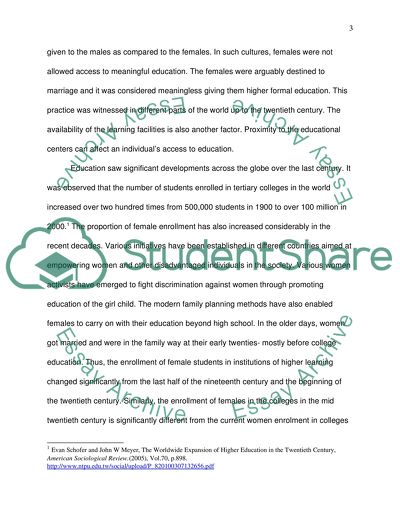Cite this document
(“Young College Female Students in early 1960 to 1963 Research Paper”, n.d.)
Retrieved de https://studentshare.org/history/1391971-young-college-female-students-in-early
Retrieved de https://studentshare.org/history/1391971-young-college-female-students-in-early
(Young College Female Students in Early 1960 to 1963 Research Paper)
https://studentshare.org/history/1391971-young-college-female-students-in-early.
https://studentshare.org/history/1391971-young-college-female-students-in-early.
“Young College Female Students in Early 1960 to 1963 Research Paper”, n.d. https://studentshare.org/history/1391971-young-college-female-students-in-early.


